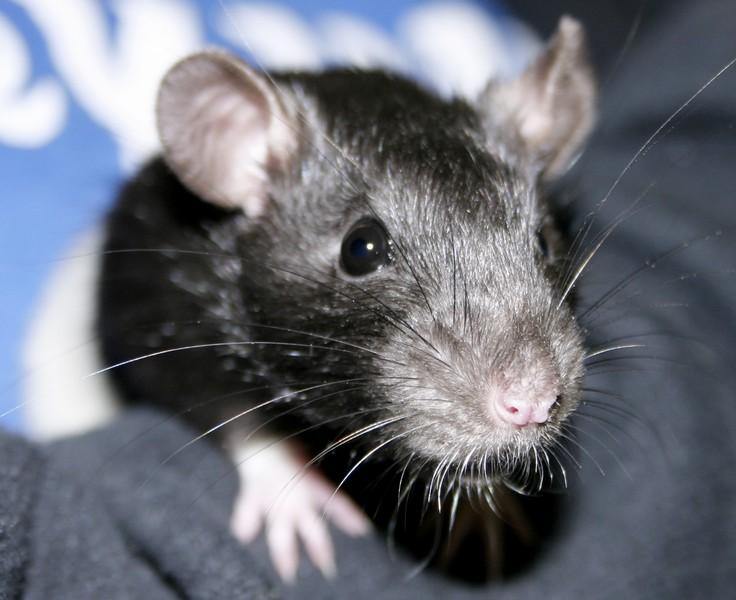Psychology, Gymnastics and Rats, Oh My!
September 28, 2006
Professor of Psychology Carl Halgren has more than just students in his class.
He’s also got rats.
Since the beginning of the semester, students have been working in small groups to become acquainted with and train their own personal rats for the Rat Gymnastics, which are held in December.
Rats are often used in psychology experiments because they are intelligent and easy to raise and care for. They have been used a lot for learning experiments in the past, both at Simpson and in the psychology world.
The rats being used for this experiment are called Long Evans rats. It’s unlikely for them to get diseases, and they have very good sight. Typically, if a rat gets a disease, it will likely wipe out the entire colony, which is why the Long Evans rats are being used.
Every week, students are to clean their rat’s cage and interact with their furry friends. Some students go in multiple times a week just to keep their rats acquainted with them. Because students become so close to their rats, they typically name them. Senior Jenna McDonald named her little critter Gold Schlager.
Students have only been handing the rats for about three weeks. They have mainly been working on getting them to feel comfortable with their owners and getting them tamed.
“I think it’s important for the students to get to the point where they get used to working with the animals,” Halgren said.
Thus far, the interaction with the rats has gone well. It’s not required that every student come in direct contact with the rats because they are working in small groups. If a particular students have a fear of rats, they are still able to work with them by helping out with other aspects of the experiment.
Halrgen recalled a time in a previous class when a girl began the class deathly afraid of rats, but by the end of the semester, she was able to walk out of the classroom with the rat crawling on her head.
The response from the students has been very positive, and it seems as though all the rats have been progressing well and cared for properly. Junior Anthony Fichter is just one of many students who have enjoyed the experiment thus far.
“I love working with the rats,” Fichter said. “Cougar has been making tremendous progress so far.”
The class is leading up to the Rat Gymnastics in December, when students must teach their rats to maneuver though a small maze.
“The apparatus was easy and fairly cheap to build,” Halgren said.
Differently constructed apparatuses have been built in the past for previous experiments. For this experiment, the rats start on a wooden ledge attached to the wall. They are then to climb up a rope and through a small hole, leading them to another wooden ledge directly above their starting ledge. They walk along that ledge and then have the task of making a jump to another ledge.
The size of this jump is determined by the students, depending on the leap they feel their rat can successfully make. Sal Meyers and Don Evans, associate professors of psychology, are both judges for the competition.
Once the experiment has ended at the end of the semester, there are several things that can happen with the rats. Students have the option of keeping their rats if they want to. Otherwise, the psychology department may keep the rats for other experiments in different classes. It is unlikely, however, that these rats will be used for the Learning and Motivation class again.
“The usual life expectancy of a rat is about two years,” Evans said.
Psychology 331: Learning and Motivation is taught every other year, so it’s likely these rats will not live long enough for another experiment.
The class gives students the opportunity to do more than simply sit in a classroom listen to a professor. At the end of the semester students can end up with more than just a grade for the class; they could take home a new pet as well.












